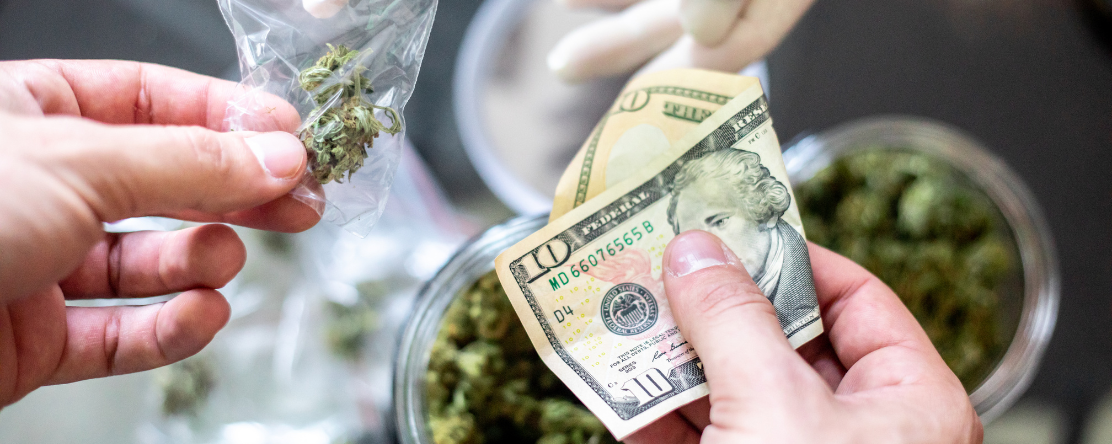Despite nearly half (49%) of teens living in areas with local storefront bans, the study found that the median drive time to the nearest retailer was still just 10 minutes—highlighting the limits of local policy in a patchwork legal landscape and underscoring the need for broader regulations on retailer density and access.
“This research adds to growing evidence that greater availability of cannabis may be contributing to increased mental health risks among adolescents,” said Dr. Kelly YoungWolff, PhD, MPH, a clinical psychologist and research scientist at the Kaiser Permanente Division of Research. “Local policies that restrict cannabis access could play an important role in preventing harm.”
The findings build on earlier research showing that teens in areas with more cannabis retailers perceive cannabis as easier to access and less harmful—and are more likely to use it, including in risky ways. Even without direct access, youth often encounter cannabis through marketing that appeals to them, older peers, or fake IDs. Greater access can normalize use in family and social settings and may increase access to riskier forms of consumption like vaping or dabbing high-THC products, which increase the likelihood of dependency and mental health issues.
The study comes at a critical time, as more states legalize cannabis and communities grapple with how to balance access for adults while protecting youth. The authors emphasize that although the study cannot prove causation due to its cross-sectional design, it highlights important associations that merit deeper investigation and policy consideration.
Getting it Right from the Start, a program of the Public Health Institute, works with states, cities, counties and community partners to develop evidence-based model policies and provide guidance on cannabis policies that can help reduce harms, protect against youth and problem cannabis use, and advance social equity.











